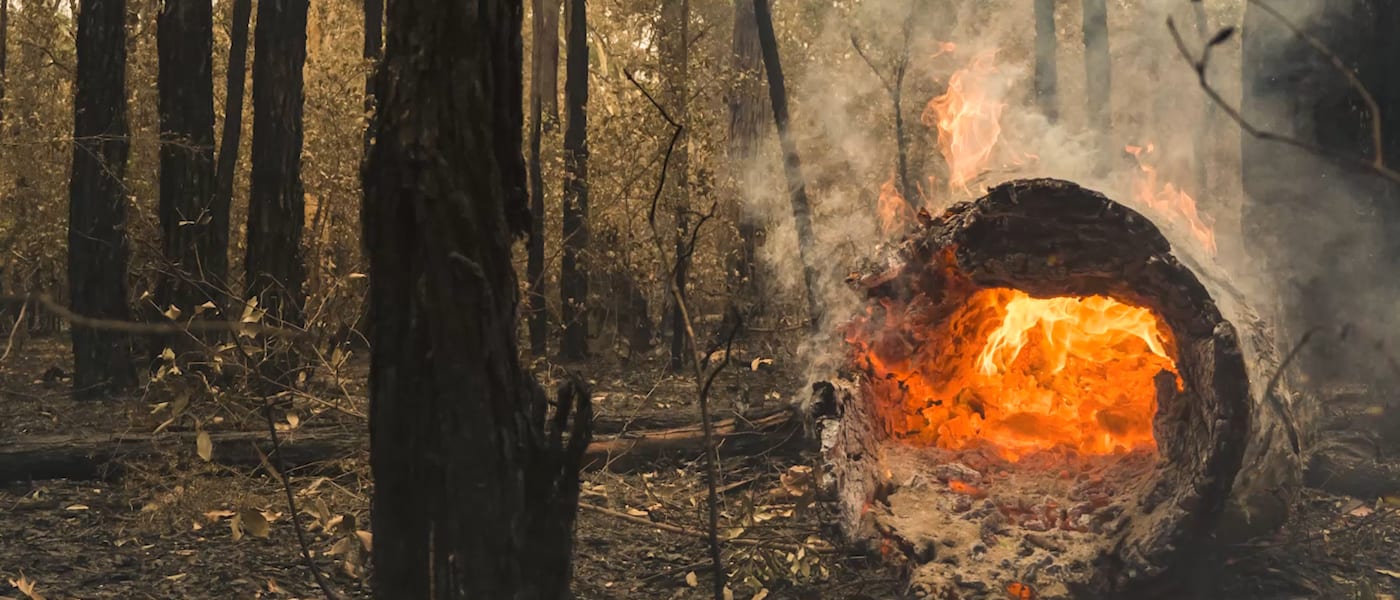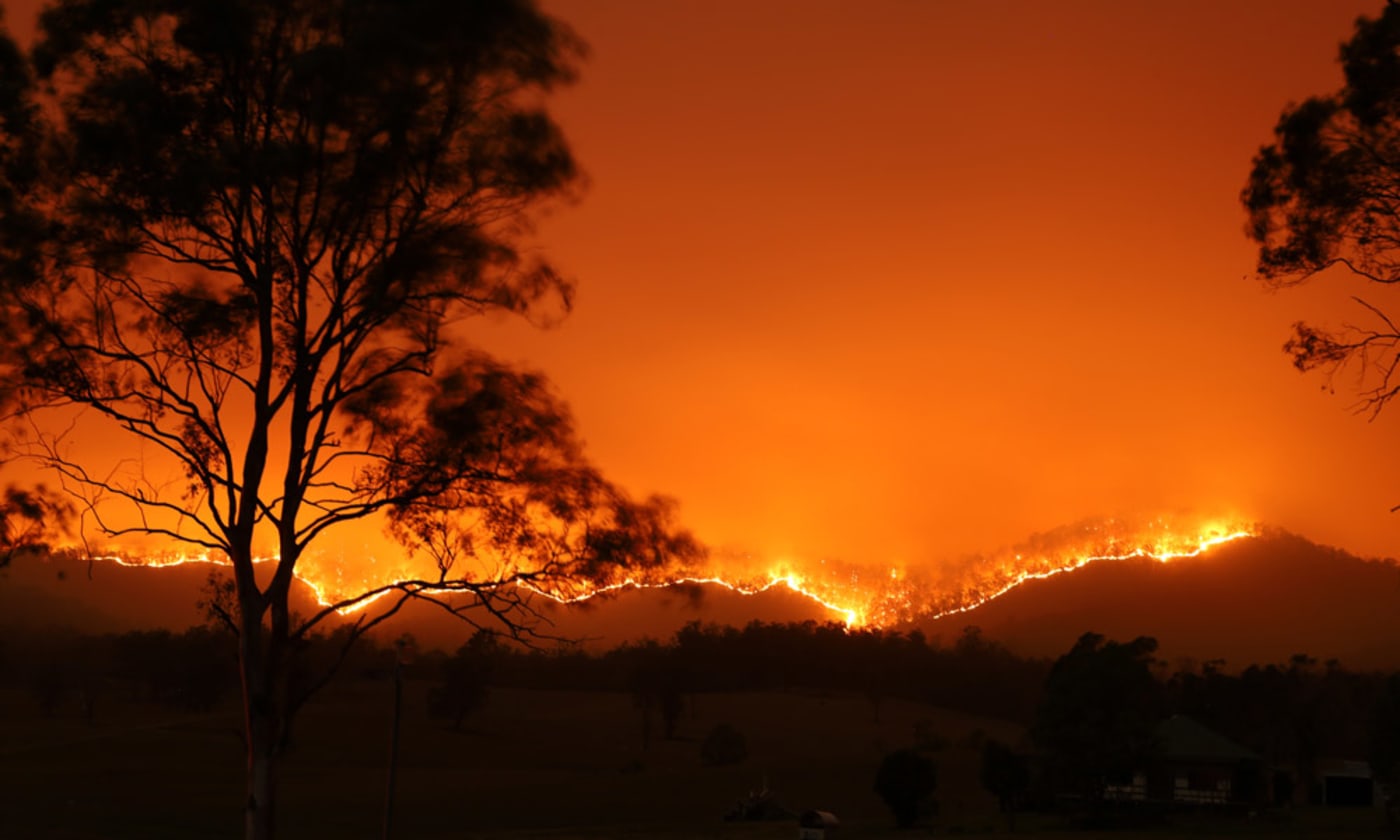Exactly How BAL Record Impacts Bush Fire Defense Procedures
In the world of bush fire security, the Building Strike Degree (BAL) record stands as an essential tool that significantly affects the security and resilience of homes in fire-prone areas - BAL Report. The influence of a BAL analysis prolongs far beyond plain documentation; it offers as the keystone for determining the appropriate building and construction requirements and fire defense steps required to alleviate the threats postured by bushfires. As communities grapple with progressively serious fire periods, understanding how the BAL record forms these safety procedures comes to be critical for contractors, house owners, and policymakers alike
Comprehending the Bushfire Strike Level

Importance of BAL Record Assessment

In Addition, the BAL report analysis acts as a foundational action in complying with lawful obligations and requirements connected to bushfire security. Local councils and authorities frequently mandate the entry of a BAL record as component of the planning and building authorization procedure to ensure that residential or commercial properties are adequately protected against bushfire threats. Falling short to carry out a detailed BAL report assessment can lead to poor defense actions, leaving buildings vulnerable to ravaging bushfire cases.
Building Specifications Based Upon BAL
An extensive understanding of the Bushfire Strike Level (BAL) makes it possible for home owners to execute building criteria tailored to their particular danger account. Construction criteria based on BAL are critical in alleviating the influence of bushfires on homes. continue reading this The BAL score categorizes the prospective risk a building deals with throughout a bushfire on a range from BAL-Low to BAL-FZ (Fire Area)
Executing Fire Security Measures
With the structure of view publisher site construction standards based on Bushfire Assault Level (BAL) in area, the emphasis now shifts towards the useful execution of fire protection procedures to strengthen properties against bushfire dangers. Carrying out fire security procedures includes a mix of passive and active methods to enhance the strength of structures in bushfire-prone areas. Passive steps consist of utilizing fireproof structure materials, installing coal guards on vents, sealing gaps in roofs and walls, and keeping a clear space around the home totally free from combustible greenery. Active procedures incorporate having firefighting tools readily offered, such as hose pipes and water pumps, along with creating a defendable area around the property by getting rid of greenery and having a well-kept garden. In addition, creating an evacuation plan and making certain all citizens understand emergency situation treatments are important components of reliable fire defense actions. By integrating both passive and active methods, properties can significantly decrease their vulnerability to bushfire events and raise the safety of owners.
Shielding Houses Versus Bushfires
Effectively safeguarding homes against the harmful impacts of bushfires requires a proactive and extensive technique to fire defense steps. In addition, securing voids and vents to avoid Website ember intrusion, as well as including fireproof doors and home windows, can assist fortify the home's defense versus bushfires. By embracing an aggressive stance and incorporating these protective measures, property owners can considerably enhance their chances of safeguarding their homes against bushfires.
Final Thought
In conclusion, the Bushfire Strike Degree (BAL) report plays a crucial duty in identifying the required defense procedures versus bushfires. Carrying out fire defense steps based on the BAL record is crucial in safeguarding properties from possible bushfire dangers.
In assessing bushfire risk to homes, comprehending the Bushfire Attack Level (BAL) is a critical component for executing efficient protection actions. On the whole, a clear understanding of the Bushfire Assault Degree is vital for executing sufficient defense steps and mitigating the influence of bushfires on residential or commercial properties.

Comments on “Demystifying BAL Reports: A Guide to Recognizing Your Home's Bushfire Threat”